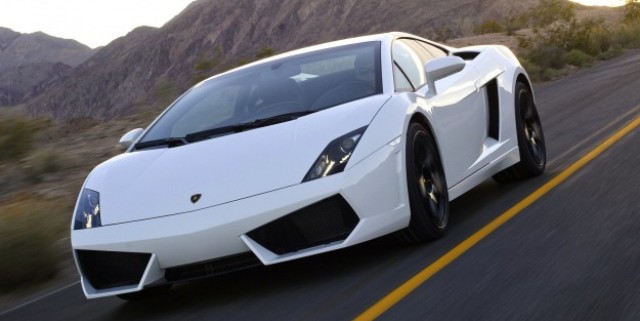
Lamborghini is recalling 66 supercars worth a combined $44.3 million in Australia due to a fault relating to their carbon ceramic brake discs.
A recall affects 16 Lamborghini Gallardo Coupe and Spyder models built between 2007 and 2009, and 50 Murcielago Coupe and Roadster models built between 2006 and 2010. Volkswagen Group sister company Bentley has also been forced to recall an undisclosed number of Continental GT, GTC and Flying Spur models to rectify the same issue.
According to the Sant’Agata-based car maker, the stainless steel screws fixing the brake rotor to the metal bell of vehicles fitted with carbon ceramic brake discs may fail due to stress corrosion cracking if the vehicle has been used in “extremely salty environments”.
The official recall notice on the Australian Competition and Consumer Commission’s (ACCC) product safety recalls website explains if one screw fails, the brake will continue to be 100 per cent effective, however, if the affected disc were to lose 8 of the 10 fixing screws, there would be a loss of rear braking performance.
“This may lead to a small increase in stopping distance, which could cause an accident,” the notice says.
Owners of the affected vehicles are being notified with requests made to contact authorised Lamborghini dealers or service points to have the affected screws replaced.
A spokesperson for the brand told CarAdvice the repair work should take approximately three hours to complete, potentially requiring owners to leave their cars at workshops for at least one day depending on personnel availability.
“The costs of works will be borne entirely by Automobili Lamborghini S.p.A.,” the spokesperson said.
Lamborghini says it is not aware of any accidents relating to the brake disc issue.
Globally, the recall impacts 2449 vehicles, split between 933 Gallardos and 1516 Murcielagos.
In Australia the 405kW/540Nm 5.2-litre V10-powered Lamborghini Gallardo currently starts at $409,500, with the 493kW/660Nm 6.5-litre V12-powered Murcielago priced from $754,382 when sold locally in 2009 before being discontinued in 2010.





